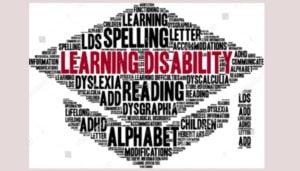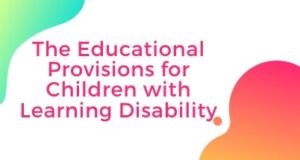Education of Children with Special Need has come a long way from Special Education to Integrated Education and from integrated education to inclusive education. Children with Special Needs(CWSN) required education in regular school, in their own society and by regular Teachers. Inclusion Values diversity. It acknowledges every learner,s fundamental right to learn and accepts that every child has unique abilities and needs
Issues and Challenges of Inclusive Education
There are various issues and Challenges face by Children with Special Needs (CWSN) in inclusive education are:
- Characteristics of Individual Pupils: As we know in a diverse classroom all of the children are sitting together in a classroom. There are many students suffer from different disabilities. It is very difficult to identify them from a diverse classroom.
- Lack of access to the mainstream: At present only 4 to 5% of children with special needs out of 30 million have access to education. Many schools do not show a willingness to cater to the needs of these children
- Lack of awareness and Attitude: The whole idea of inclusive education is defeated due to lack of awareness, positive attitude and sensitivity on the part of teachers, classmates, parents and community and as a result these children experience discrimination.
- Lack of trained teachers: Teachers lack competence and will to modify methodology as per the need of children with special need and other children
- Large class size: There are normally 60 to 70 students in a class which makes individualized attention very difficult and teachers find it all the more difficult with children with special needs.
- Lack of child-centred and relevant Curriculum: The curriculum lacks flexibility and does not provide choice to these children. The teaching-learning material is also not appropriate for children with and without special need.
- Lack of proper infrastructure: Children with specials need to require various types of teaching and learning aids. In India, most of the schools do not have proper teaching and learning aids
- Lack of participatory activities: Children with special need require such a learning environment in which they can learn by participating in small groups
- Involvement of parent and Community: As we know the children with learning disabilities are less encouraging. So the non-involvement of parents and community become a barrier
- Accountability: The lack of accountability of teachers poses challenges in inclusive education
- Partnership: Partnership between the parents, Teachers, School and Community etc to make the programme success. We found that the programme is missing
- Collaboration or consultation: The collaboration between the different agencies of education such as Government, NGO, Community. We found that there is a lack of collaboration between them
- Lack of Support: CWSN children required regular support from parents and teachers to make satisfactory learning. We found that there is a lack of support in some school even they discriminate those children with special needs
- Peer Rejection: peers generally tries to bullying and sometimes reject them. They feel that these children are not a part of them. This is one of the major cause of children drops out of school. Peer rejection is one of the main barriers of inclusive education
- Labelling: It means that categories of such children as per their disabilities. These labelling does not suit them because they feel rejected
Conclusion
In Conclusion, The realization of the slogan of the millennium “EDUCATION FOR ALL” is not possible unless educational opportunities are provided to all including the children with special needs.
Knowing the massive number of children with special needs and limitations of the formal system non-formal and informal mode of education must provide their support.
Many open universities including IGNOU is providing need-based education and training. ODL mode provides flexible time, location and is self-paced thus fitting into such a schedule that is suitable for children with special needs. At the same time, regular schools should be encouraged to welcome diversity and let the children with special needs feel that they are welcomed. [3]



Comments are closed.